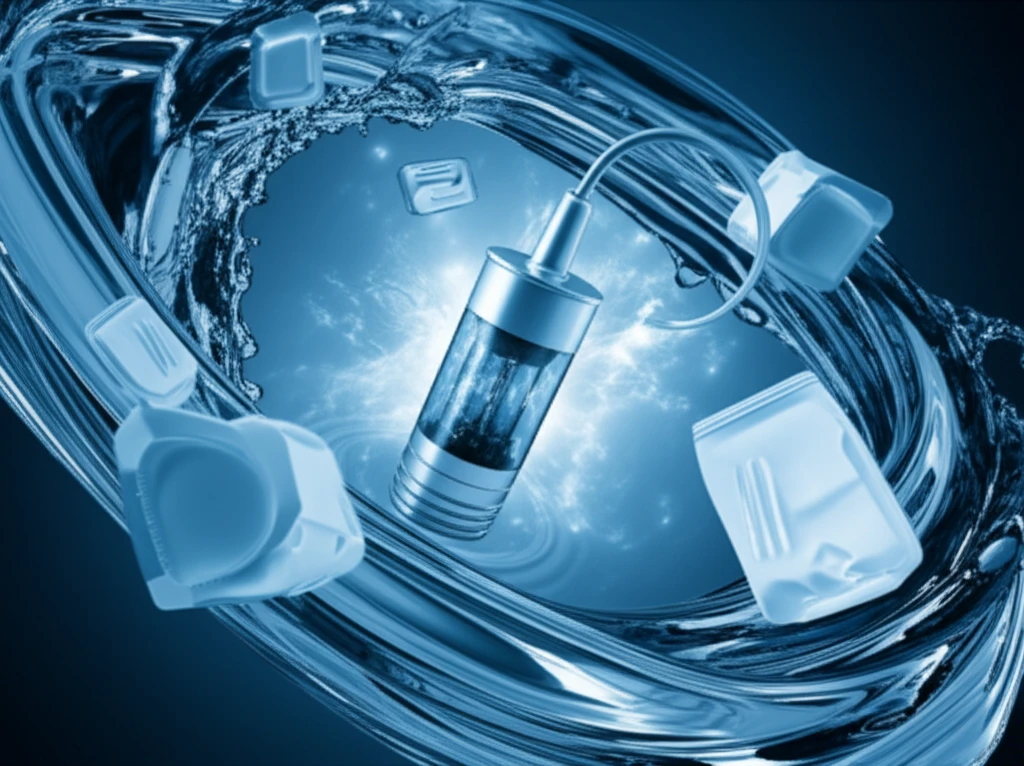
Is Bisphenol A Lurking in Your Food? This New Sensor Can Tell You
"Scientists develop an ultrasensitive method for detecting Bisphenol A (BPA) in food and water, ensuring safer consumption."
Bisphenol A (BPA), a chemical found in many plastics and epoxy resins, is a common component of food and drink packaging. Unfortunately, BPA can leach into our food and water, leading to inevitable human exposure. It's classified as an environmental endocrine-disrupting chemical (EDC), meaning it can interfere with our body's hormones.
Studies have linked BPA exposure to a host of health concerns, including increased risks of breast cancer, decreased sperm counts in males, and developmental issues in children. That's why accurate and rapid detection of BPA in food-related samples is essential for safeguarding public health.
While traditional methods for BPA detection exist, they often require complex sample preparation, expensive equipment, and skilled personnel. A new, more accessible solution is needed. Researchers have developed an innovative aptasensor using DNA amplification for ultrasensitive BPA detection. This sensor promises a simpler, more cost-effective way to monitor BPA levels and protect consumers.
How Does This New BPA Sensor Work?

This innovative sensor combines an aptamer (a short strand of DNA that binds to a specific target molecule) with real-time quantitative polymerase chain reaction (RT-qPCR). Here's a step-by-step breakdown:
- BPA Exposure: If BPA is present, the aptamer DNA binds to it, causing the template DNA to detach from the tube wall.
- Amplification: The detached template DNA is then amplified using RT-qPCR. The amount of amplified DNA is directly related to the amount of BPA present in the original sample.
- Detection: The sensor exhibits a linear response between cycle threshold (Ct) values and BPA concentration. The detection limit for BPA in water is remarkably low – just 0.7 nM.
Why This Matters: A Safer Future for Consumers
This novel aptasensor represents a significant advancement in BPA detection. Its high sensitivity, selectivity, and ease of use make it a valuable tool for:
<ul><li><b>Ensuring Food and Water Safety:</b> Accurately monitoring BPA levels in food and water sources to protect consumers from harmful exposure.</li><li><b>Improving Public Health:</b> Providing a cost-effective and accessible method for regulatory agencies and researchers to assess BPA contamination.</li><li><b>Promoting Safer Products:</b> Encouraging manufacturers to develop and use BPA-free alternatives in food packaging and other consumer products.</li></ul>
With further development and validation, this sensor could play a crucial role in reducing BPA exposure and promoting a healthier environment for everyone. The researchers successfully tested the sensor in tap water samples, demonstrating its potential for real-world applications. This new sensor offers a credible and enormous potential to detection of BPA in real water samples.
